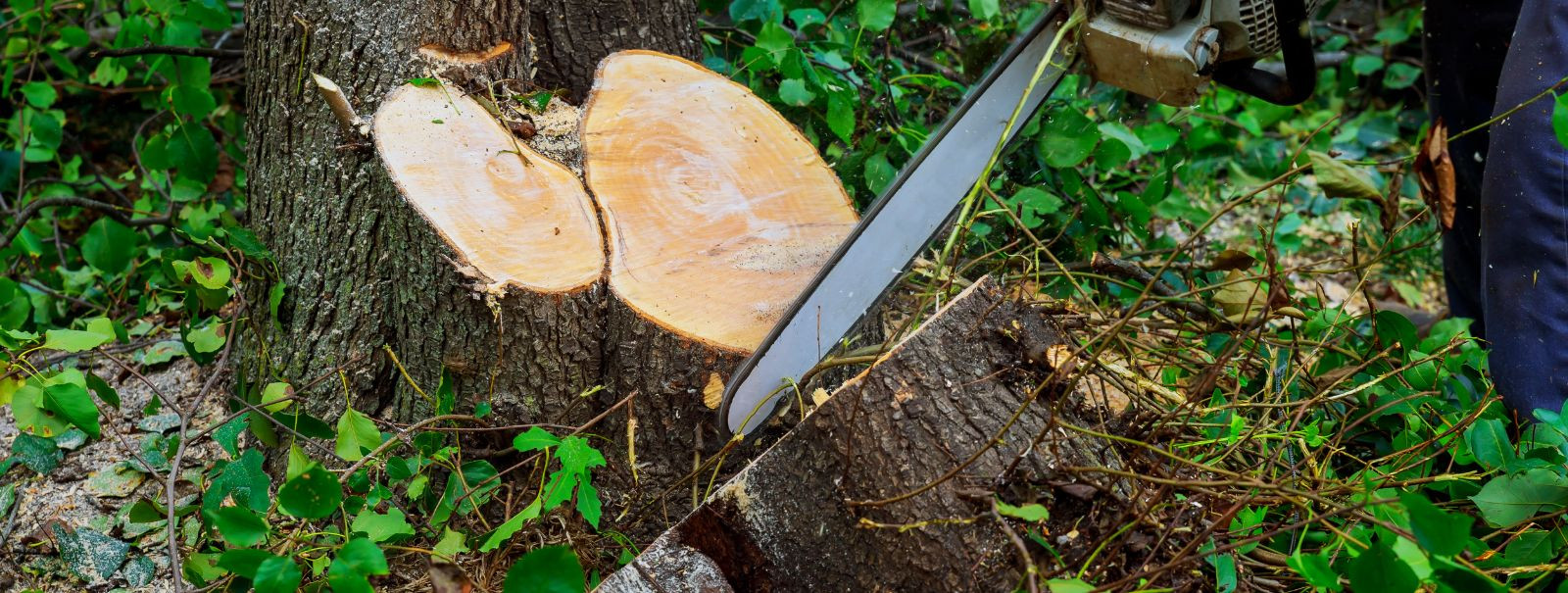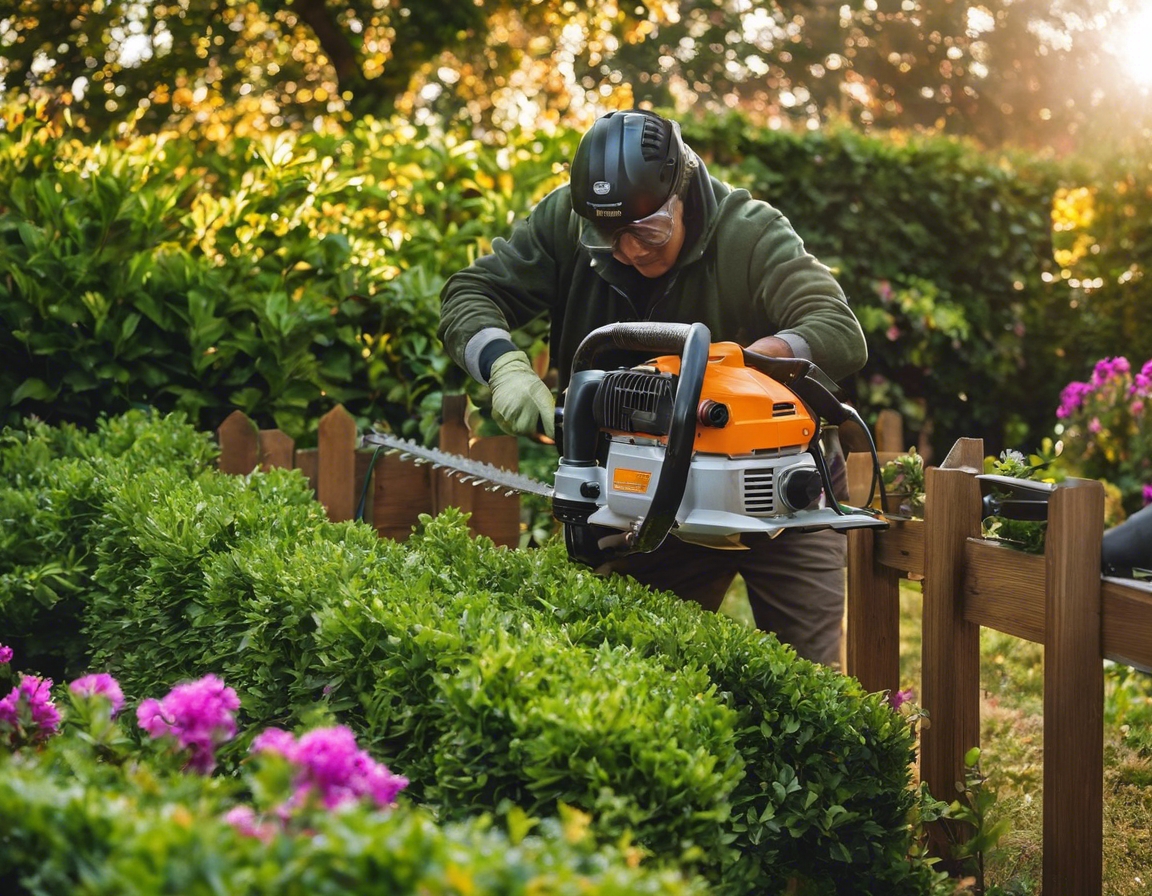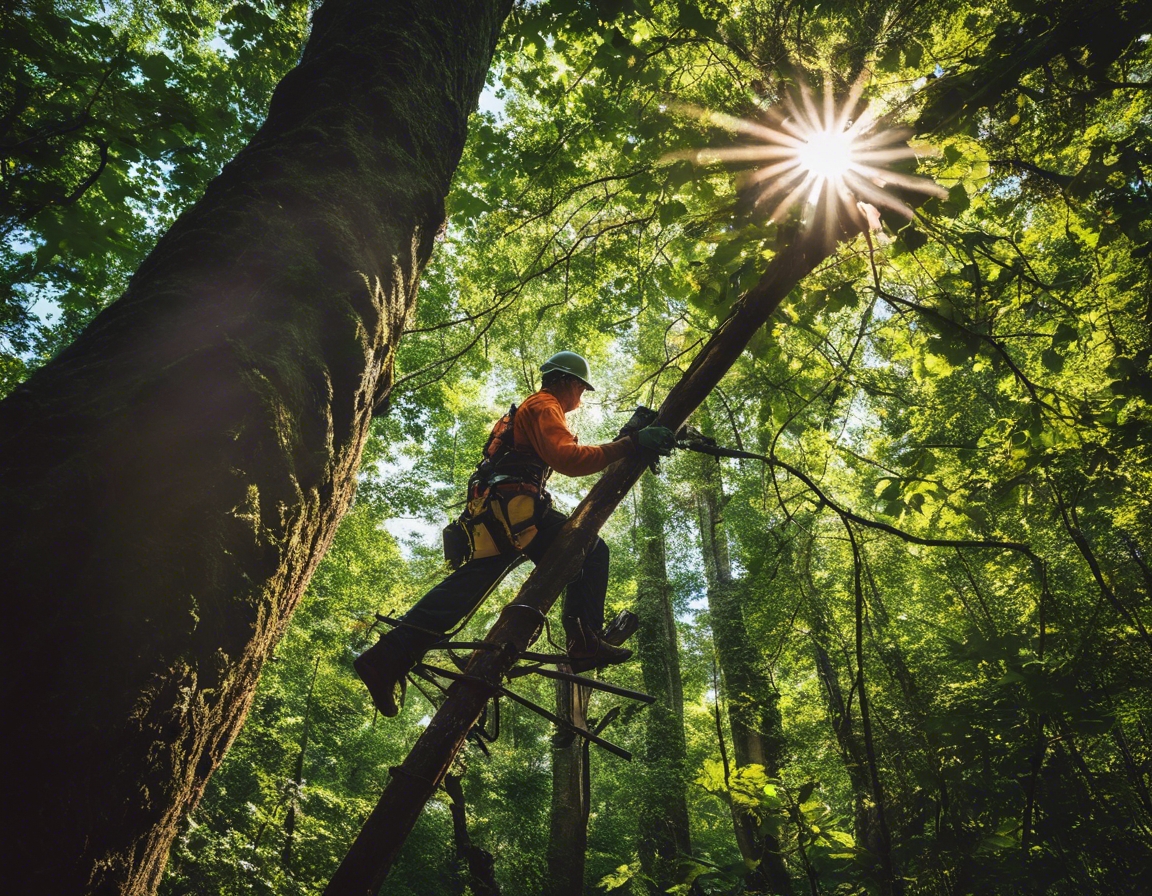How to safely remove dangerous trees
Identifying hazardous trees is the first step in ensuring the safety of your property. Look for signs such as dead or decaying branches, cracks in the trunk, leaning trees, or exposed roots. These indicators can suggest that a tree is unstable and poses a risk to your home or surrounding areas.
Dangerous trees can lead to severe consequences, including property damage, personal injury, and even fatalities. Falling branches or entire trees can damage roofs, vehicles, and power lines, leading to costly repairs and potential legal liabilities.
2. Assessing the Situation
Before proceeding with removal, assess the tree's health and stability. This involves checking for signs of disease, pest infestations, and structural weaknesses. Consulting with a certified arborist can provide a professional evaluation and recommendations.
In many areas, removing trees requires permission from local authorities, especially if the tree is protected or located in a conservation area. Ensure you understand the legal requirements and obtain necessary permits to avoid fines or legal issues.
3. Preparing for Tree Removal
Proper preparation is crucial for safe tree removal. Gather essential tools such as chainsaws, ropes, ladders, and safety gear. Ensure all equipment is in good working condition and suitable for the size and type of tree you are removing.
Safety should be your top priority. Wear protective gear, including helmets, gloves, goggles, and sturdy footwear. Clear the area of bystanders and obstacles, and establish a safe escape route in case the tree falls unexpectedly.
4. Methods for Safe Tree Removal
For smaller trees, DIY removal may be feasible. Techniques include cutting the tree in sections, using ropes to guide the fall, and ensuring a clear drop zone. However, this approach requires skill and caution to avoid accidents.
For large or complex tree removals, hiring professionals is advisable. Tree removal experts have the experience, equipment, and knowledge to safely and efficiently remove hazardous trees, minimizing risks to your property and personal safety.
5. Post-Removal Considerations
After removal, properly dispose of tree debris. Options include chipping branches for mulch, cutting logs for firewood, or hiring a service to haul away the waste. Ensure disposal methods comply with local regulations.
Once the tree is removed, consider restoring the landscape. This may involve planting new trees or shrubs, reseeding grass, or enhancing the area with landscaping features to maintain the beauty and health of your outdoor environment.






Kommentaarid (0)